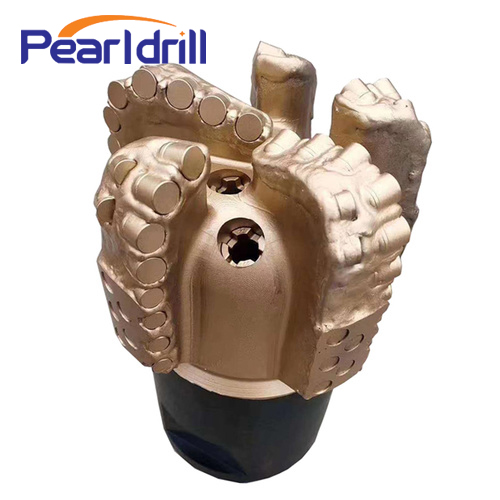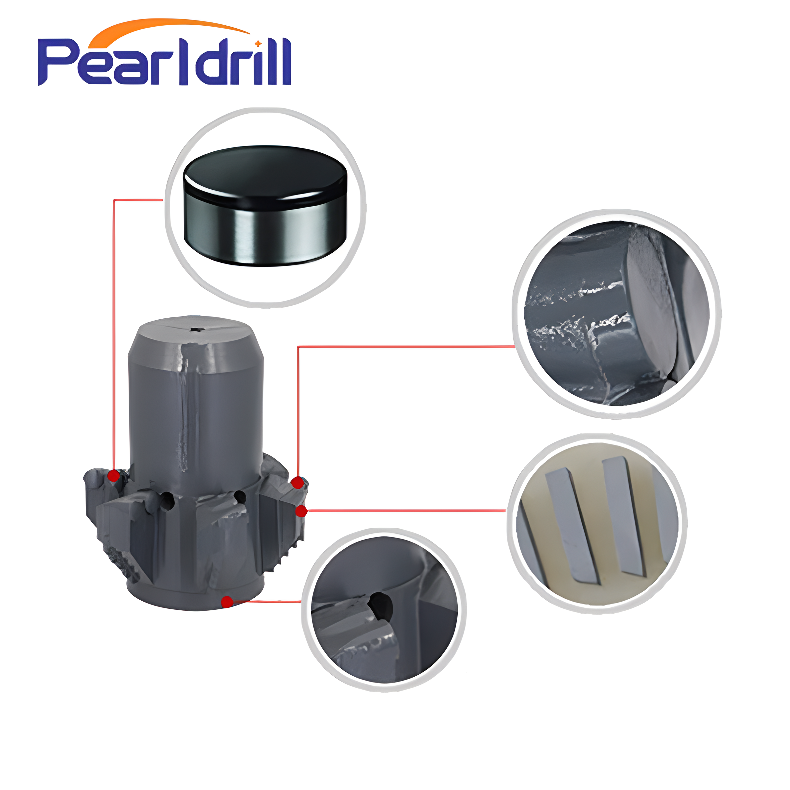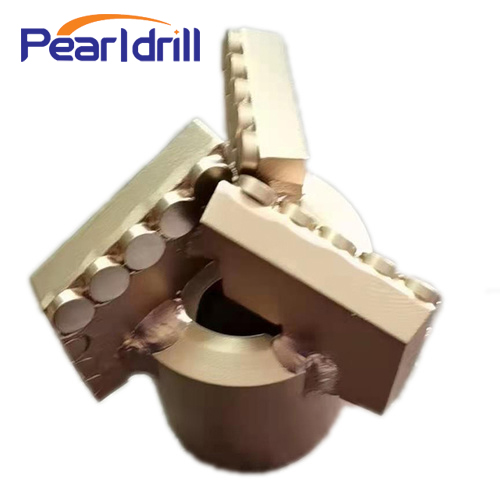We have discovered a universal drill bit for water well rigs
There is no single "magic" drill bit that works for all geological conditions and drilling needs. The huge variety in water well drill bits is actually due to a combination of many factors. Here are the main reasons why you see so many different types:

Complex and Varied Geological Conditions
1. Soft Formations: You need bits that can cut fast and clear cuttings easily, like auger bits or drag bits. These bits usually break rock by scraping or shearing as they rotate and push down.
2. Pebble and Gravel Layers: These are tricky! You have got loose sand and mud mixed with pebbles and gravel of all sizes and shapes. This means the bit needs both cutting ability and some impact and crushing power to deal with the gravel. Roller cone bits or bits with special features like reamers might be better here.
3. Medium to Hard Rock Formations: These require bits that are resistant to wear and impact, and are highly efficient at breaking rock. PDC bits, roller cone bits, and Down-The-Hole hammer bits are common choices. PDC bits primarily shear the rock, roller cone bits mainly crush and grind, and DTH hammer bits break rock with high-speed impacts.
4. Fractured and Karst Formations: These types of formations can lead to lost circulation or stuck pipes. They demand high stability from the bit and careful control of drilling fluid. You might need specially designed bits, for example, those with stabilizing wings or unique hydraulic features to prevent sticking and improve wellbore stability.
Different Drilling Techniques and Methods
1. Rotary Drilling: This is the most common method, where the drill pipe spins the bit to break rock. Depending on the formation hardness, you can pair this with drag bits, roller cone bits, or PDC bits.
2. Percussion Drilling: This method relies on the bit moving up and down to repeatedly impact and break the rock. It's mostly used for older or simpler shallow wells.
3. Rotary Percussion Drilling: This combines both rotation and impact. A DTH hammer downhole delivers high-speed impacts, while the bit also rotates. This method is super efficient in hard rock layers and requires specialized DTH hammer bits.
4. Auger Drilling: Primarily used in loose soil, this method uses helical flights on the drill pipe to bring soil cuttings to the surface without needing flushing fluid. It requires specialized auger bits.
5. Reverse Circulation Drilling: Unlike standard drilling, the flushing fluid goes down the annular space and returns through the inside of the drill pipe, carrying cuttings with it. This method is great for large-diameter holes and loose formations, and it needs bits with specific hydraulic designs.

Varying Drilling Goals and Requirements
1. Hole Diameter: Water wells are often much larger in diameter than oil and gas wells, ranging from 150 mm to 800 mm or even more. The design of bits for different diameters will vary significantly.
2. Drill Depth: Shallow wells (tens of meters) and deep wells (hundreds or even thousands of meters) have different requirements for bit lifespan, stability, and technological complexity. Deeper wells generally need tougher, more reliable bits.
3. Water Usage: Wells for drinking water, agricultural irrigation, or industrial use have different requirements for well completion quality and lifespan, which can influence bit selection.
4. Prioritizing Efficiency vs. Cost: Some projects aim for maximum drilling efficiency and are willing to pay more for high-performance bits. Others prioritize initial cost control.
Limitations of Drilling Rig Types and Capabilities
1. Small Portable Rigs: Can only handle small, simply designed bits.
2. Large Truck-Mounted/Crawler Rigs: Can operate large-diameter, high-performance PDC bits or DTH hammer bits.
3. Full Hydraulic Power Head Rigs: Offer more flexible control over RPM and torque, which helps to maximize the performance of PDC bits.

Click The Link Below to Contact Us Today, And We Will Find The Perfect Drilling Solution For You!
Contact us


